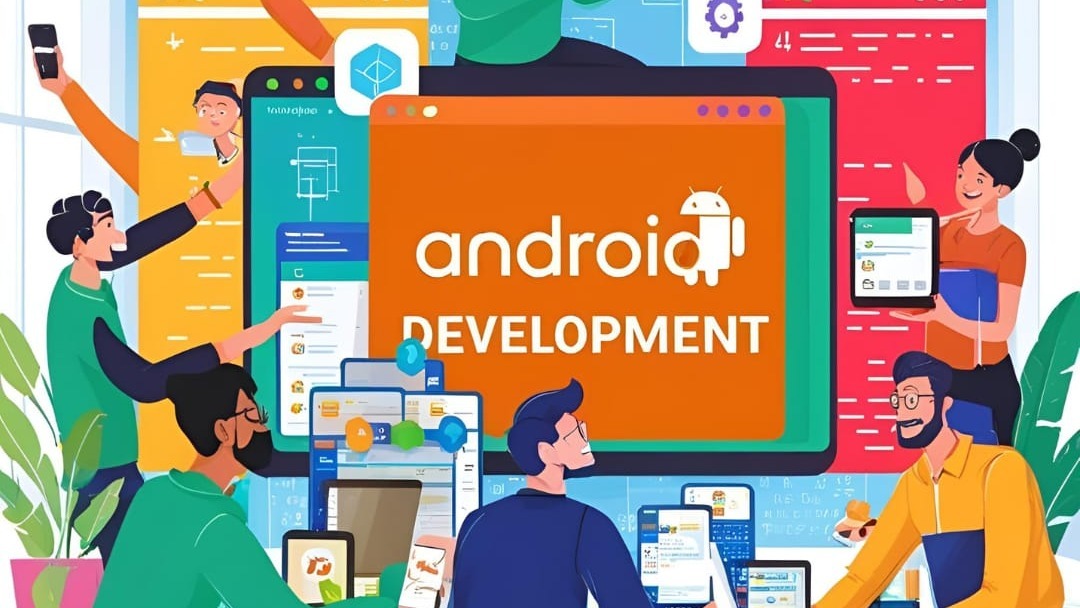
About Course
Android Development course is designed to teach learners how to create applications for the Android operating system, which powers a significant portion of mobile devices worldwide. Here’s a detailed overview of what such a course typically includes, covering objectives, curriculum, tools, and outcomes.
The Android development course introduces students to the fundamentals of building Android applications using Java or Kotlin. It covers the Android ecosystem, including development tools, user interface design, data management, and deployment strategies. By the end of the course, participants will have the skills necessary to develop, test, and publish their own Android applications.
Objectives of the Android Development Course
- Understand Android Architecture: Learn about the Android operating system and its components.
- Set Up Development Environment: Get familiar with tools like Android Studio, Gradle, and the Android SDK.
- Build User Interfaces: Design and implement user-friendly interfaces using XML and Android UI components.
- Manage Data: Learn to store and retrieve data using SQLite databases, Shared Preferences, and file storage.
- Implement Functionality: Develop applications with features like networking, location services, and notifications.
- Test and Debug Applications: Understand testing methodologies and debugging tools to ensure application quality.
- Publish Applications: Learn the process of preparing and publishing applications to the Google Play Store.
Course Content
Introduction to Android Development
-
Overview of Android OS
-
Understanding the Android Development Ecosystem
-
Setting Up Android Studio and SDK
